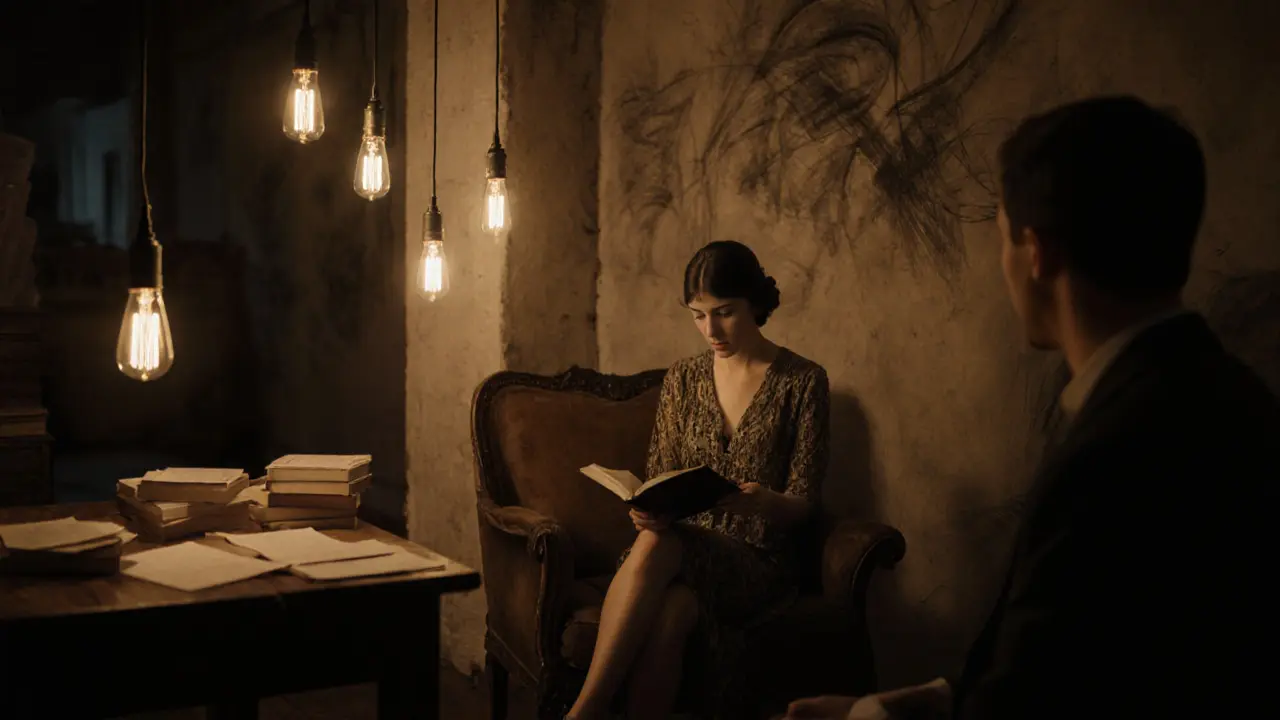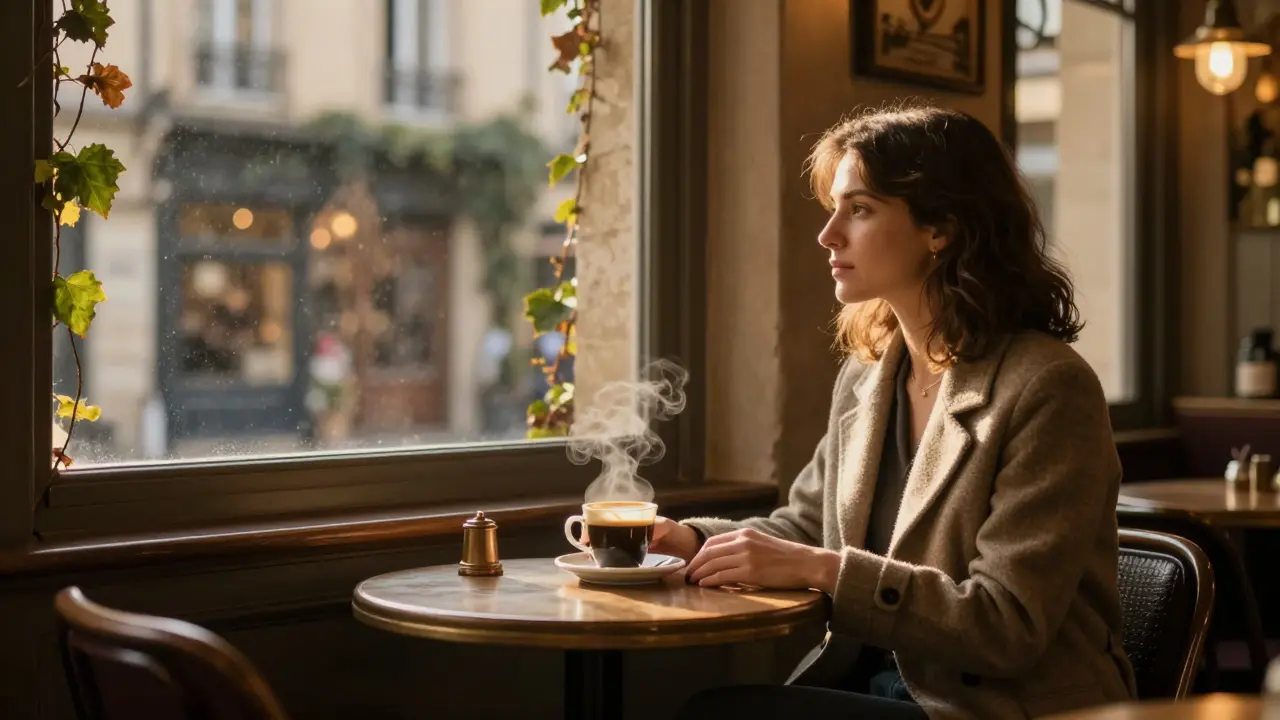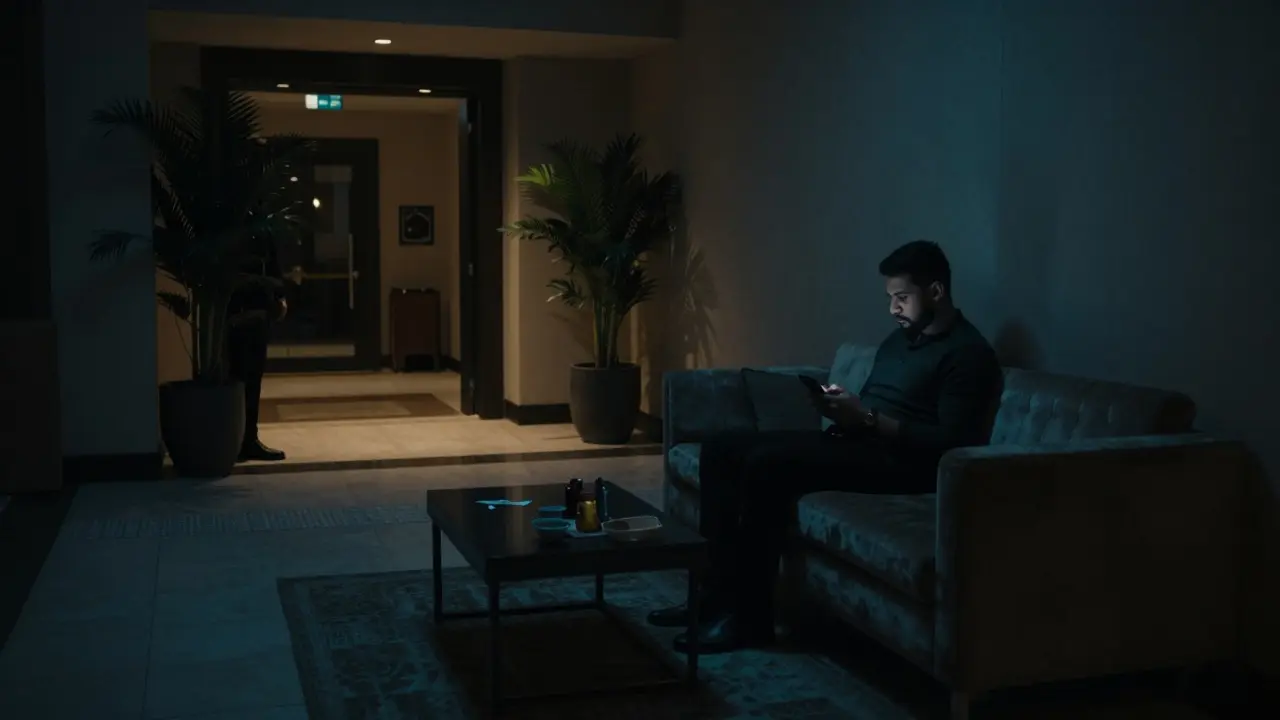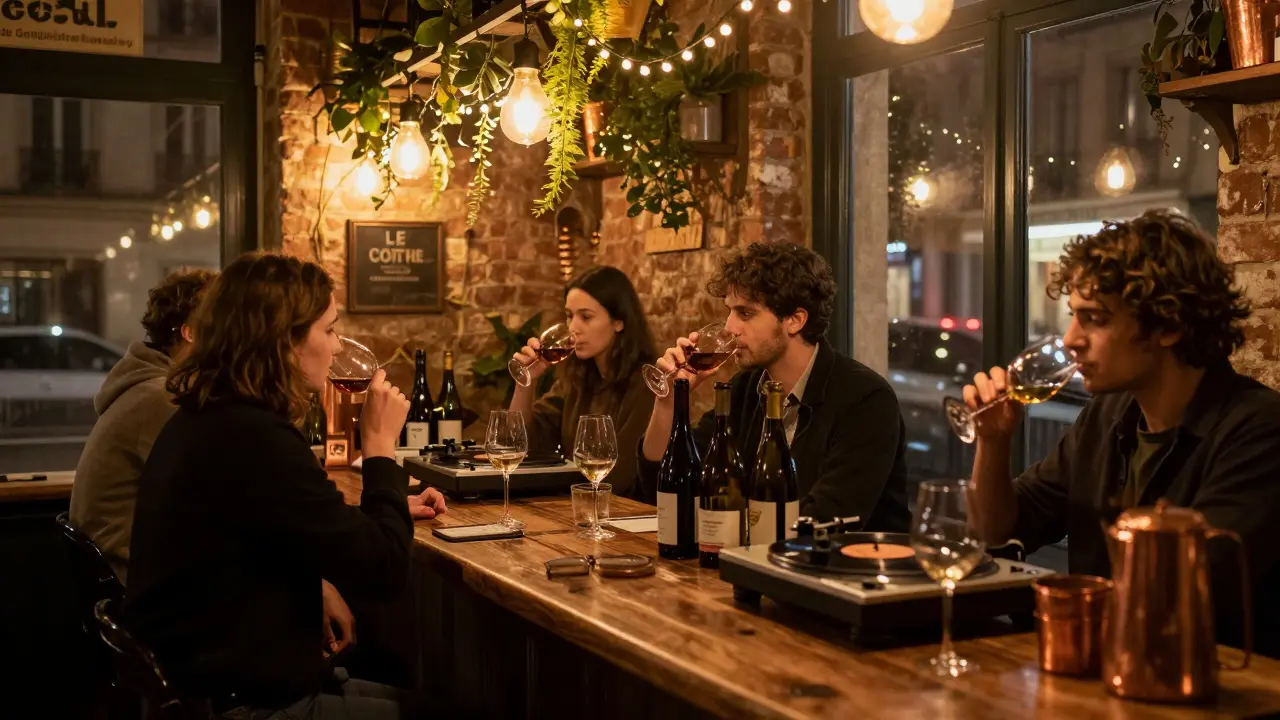Walk through Berlin’s Kreuzberg or Neukölln on a Friday night, and you’ll see it: a gallery opening where the host sips wine beside someone who just finished a private session three blocks over. No one flinches. No one whispers. In Berlin, the line between art and escort isn’t blurred-it’s been deliberately erased.
The Body as Canvas
In Berlin, escorting isn’t just about sex. For many, it’s performance art. Think of the woman who charges €200 an hour to sit silently in a vintage armchair while you read Rilke aloud. Or the man who offers €150 for a three-hour walk through Tiergarten, answering only in poetry. These aren’t gimmicks. They’re curated experiences, often developed with the same care as a theater piece or installation.Art schools like UdK Berlin and Weißensee have long had students exploring the body as medium. One 2023 graduate, Lena Voss, turned her thesis into a recurring event called “The Guest and the Gaze”. Clients book time to sit with her in a rented apartment, where she wears different outfits each session-each tied to a historical female figure from German art. No touching. Just presence. Over 400 people have participated. None left unchanged.
These aren’t outliers. They’re part of a quiet movement. Berlin’s escort scene has absorbed the ethos of postmodern performance art: intimacy as commodity, vulnerability as currency. The clients aren’t just paying for company-they’re paying to be seen, to be held, to be reminded they’re human in a city that moves too fast.
From Clubs to Cabarets
The city’s nightlife has always blurred boundaries. But since 2020, a new kind of venue has emerged: the escort salon. Not brothels. Not bars. These are converted lofts or attic studios, lit with soft Edison bulbs, where a single person hosts a rotating cast of guests. Some nights, it’s a pianist playing Debussy while a client reads letters from their childhood. Other nights, it’s a drag performer who offers 90 minutes of conversation about grief, identity, and the Berlin Wall.One such space, Atelier der Stille, opened in Mitte in 2022. It doesn’t advertise online. You get in by referral or by submitting a 200-word essay on loneliness. The host, a former ballet dancer named Marco, charges €120 for a two-hour session. He doesn’t touch clients. He listens. He asks questions. He remembers names. One client, a 68-year-old retired professor, came 17 times over six months. He never spoke about his wife’s death until session 14. Marco didn’t offer advice. He just nodded. The man left a handwritten note: “You gave me back my voice.”
These spaces thrive because Berlin’s housing crisis forced artists into survival modes. Rent is sky-high. Grants are scarce. Many performers, dancers, and poets turned to escorting-not out of desperation, but as a way to fund their art while staying true to their values. Unlike traditional sex work, these interactions are negotiated like art commissions: time, space, emotional labor, boundaries-all agreed upon in advance.
Legal Gray Zones and Cultural Acceptance
Germany decriminalized prostitution in 2002, but Berlin’s version of escorting exists in a legal gray zone. If no money changes hands for sex, it’s not prostitution under German law. But if money is exchanged for companionship, emotional support, or performance, it’s unregulated. That’s the loophole. And it’s been exploited creatively.There’s no official registry for these services. No licensing. No inspections. But there are community norms. A 2024 survey by the Berlin Institute for Urban Culture found that 68% of individuals offering “companion-based services” explicitly avoid sexual contact. Their clients, 72% of whom identified as artists or creatives, said they valued emotional authenticity over physical intimacy.
Local activists have pushed for recognition of this work as “emotional labor,” not sex work. In 2023, the city funded a pilot program to offer mental health support to those in the scene-separate from addiction or trafficking services. The goal wasn’t to regulate, but to validate. “We’re not asking for permission,” says activist and former escort Anja Richter. “We’re asking for visibility.”
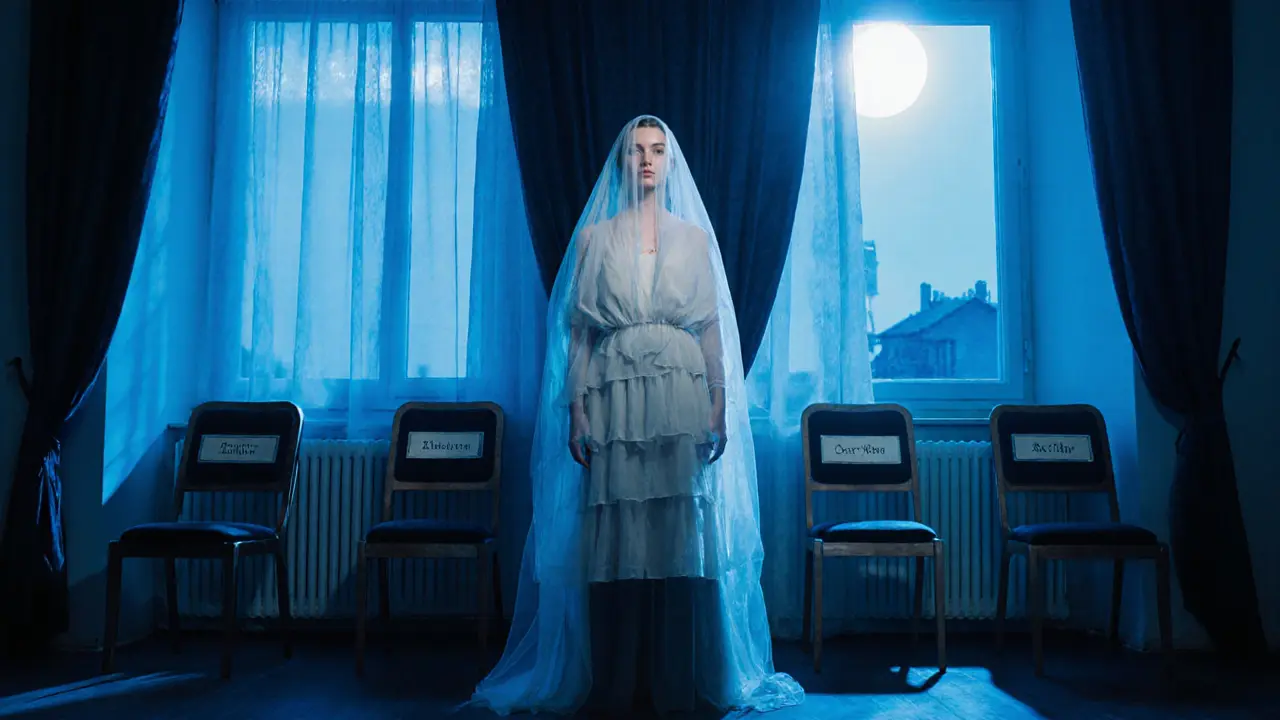
Why Berlin? Why Now?
Other cities have escorts. Other cities have art. But Berlin is the only place where the two have fused into a cultural ecosystem. Why?First, the city’s history. After the Wall fell, Berlin became a blank slate. No rules. No expectations. Artists from around the world came to experiment. That energy never left.
Second, the economy. With no minimum wage for freelance work and a thriving gig culture, people have always found ways to survive outside traditional jobs. Escorting became one more option on the menu-alongside street painting, pop-up theater, and underground DJing.
Third, the attitude. Berliners don’t judge. They observe. They ask questions. They don’t need to understand-they just need to feel something real. And in a world of algorithms and avatars, real human connection is rare. These encounters, however brief, offer it.
The Cost of Authenticity
It’s not all poetic. The emotional toll is real. Many who offer these services report burnout, isolation, and identity erosion. One artist, who went by the alias “Elias” in a 2024 documentary, said he stopped after six months. “I started forgetting which parts of me were real,” he told the camera. “I became the role I played.”Others have built systems to protect themselves. Some use pseudonyms. Others limit sessions to once a week. A few have formed collectives-like Stille Gemeinschaft-that offer peer support, legal advice, and therapy referrals. These aren’t charities. They’re mutual aid networks, funded by sliding-scale donations from clients who understand the cost of keeping art alive.
There’s also a growing backlash. Some feminist groups in Berlin argue that even non-sexual escorting reinforces gendered power dynamics. Others say it commodifies vulnerability. But the people in the scene push back: “We’re not being exploited. We’re choosing this. And we’re not asking for your pity.”

What This Says About Berlin
This intersection isn’t a quirk. It’s a mirror. Berlin’s creative scene reflects a city that values freedom above all-but only if it’s authentic. If you’re going to sell your time, your voice, your silence, your tears-you better mean it.The clients aren’t rich tourists. They’re teachers, coders, writers, nurses, single parents. They’re people who’ve spent years in therapy, in silence, in loneliness. They come not because they want sex, but because they want to be heard.
And the escorts? They’re not selling bodies. They’re selling presence. A listening ear. A shared silence. A moment where no one expects anything from you except to be exactly who you are.
In a city that once tore down a wall, it shouldn’t surprise anyone that it’s also tearing down walls between what’s considered art, what’s considered work, and what’s considered human.
Where to Find It (If You’re Looking)
You won’t find these services on websites. No Uber-style apps. No Instagram ads. The scene moves through word of mouth, underground zines, and art collective bulletin boards. Some tips:- Visit independent galleries in Friedrichshain-many host monthly salons open to the public.
- Check the notice boards at Projekt Atelier or Werkstatt für Kunst-they often list upcoming companion events.
- Attend poetry readings at Bar am See in Treptow. Conversations there often lead to invitations.
- Don’t ask directly. Observe. Listen. If someone says, “I do something quiet on weekends,” that’s your opening.
There’s no rulebook. No contract. No guarantee. Just the possibility of something real.
Is escorting legal in Berlin?
Prostitution itself is legal in Germany since 2002, but Berlin’s art-infused escort scene operates in a gray zone. If no sexual contact occurs and payment is for companionship, emotional labor, or performance, it’s not classified as prostitution under German law. There’s no licensing required for non-sexual services, making this form of interaction legally unregulated but not illegal.
Are these services only for men?
No. While early reports focused on male clients and female escorts, the scene has diversified significantly. Many providers identify as non-binary or LGBTQ+, and clients come from all genders. Events like “The Guest and the Gaze” and Atelier der Stille actively welcome queer and non-heteronormative participants. The focus is on emotional connection, not gender roles.
Do people in this scene consider themselves sex workers?
Many explicitly reject that label. They see themselves as performers, artists, or emotional laborers-not sex workers. While some may have started in sex work, those in the art-adjacent scene draw clear boundaries around physical contact. Their work is about presence, conversation, and ritual, not sexual exchange. The distinction matters to them legally, ethically, and personally.
How do clients find these services?
There are no public listings or apps. Access is through word of mouth, underground art networks, gallery events, and zines like Stille Kultur or Werkstatt Brief. Some providers require applicants to submit short written pieces explaining why they’re seeking the experience. Trust and intention matter more than payment.
Is this trend growing or fading?
It’s growing-but quietly. Since 2022, Berlin has seen a 40% increase in the number of reported companion-based art events, according to the Berlin Institute for Urban Culture. Demand is rising, especially among younger creatives and people experiencing isolation. However, the scene remains deliberately low-profile. It thrives on secrecy, not scale.
What makes Berlin’s version of this scene unique isn’t the money exchanged or the bodies involved. It’s the intention. In a world where everything is branded, packaged, and sold, this is one of the last places where a human being can offer another human being their full attention-and call it art.
